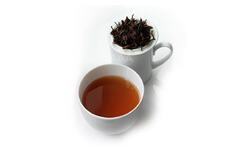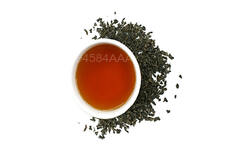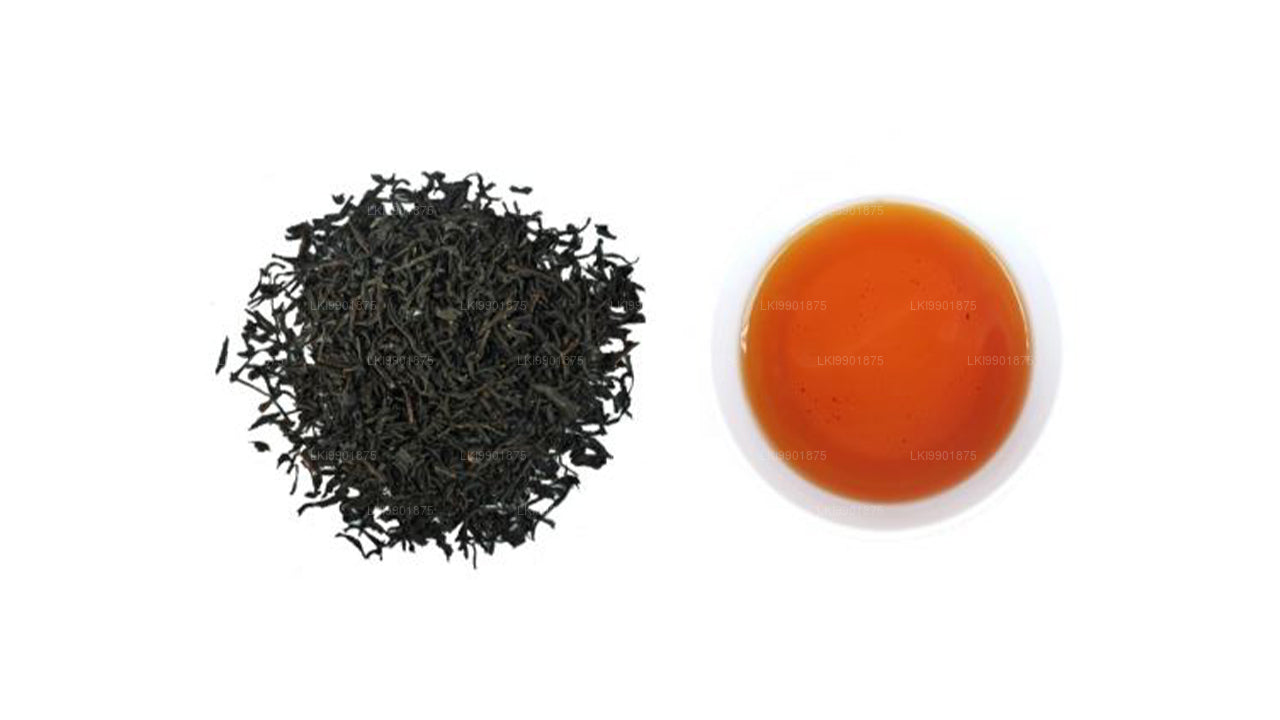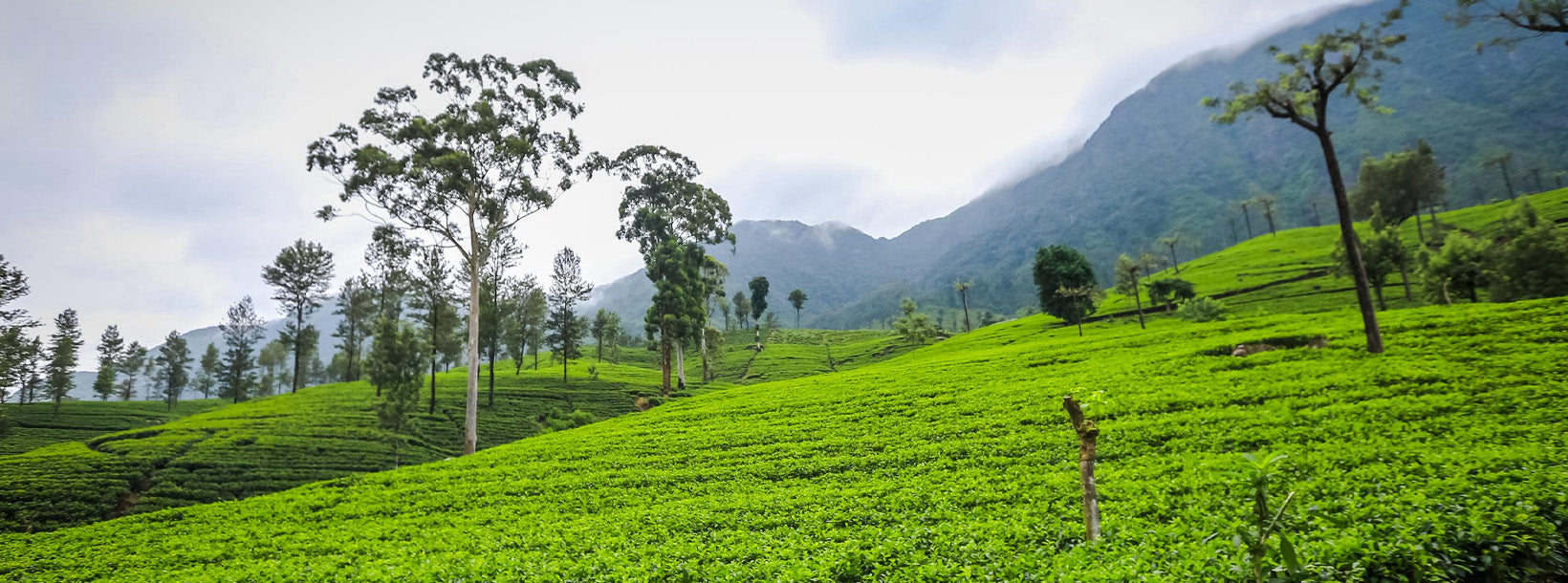
Fazendas de chá
As plantações de chá do Sri Lanka, localizadas principalmente nas terras altas centrais, são famosas por produzir alguns dos melhores chás do mundo. Essas plantações exuberantes, como as de Kandy, Nuwara Eliya e Hatton, oferecem paisagens cênicas e uma rica história. As plantações contribuem significativamente para a economia do país, exportando chá do Ceilão de alta qualidade para todo o mundo.
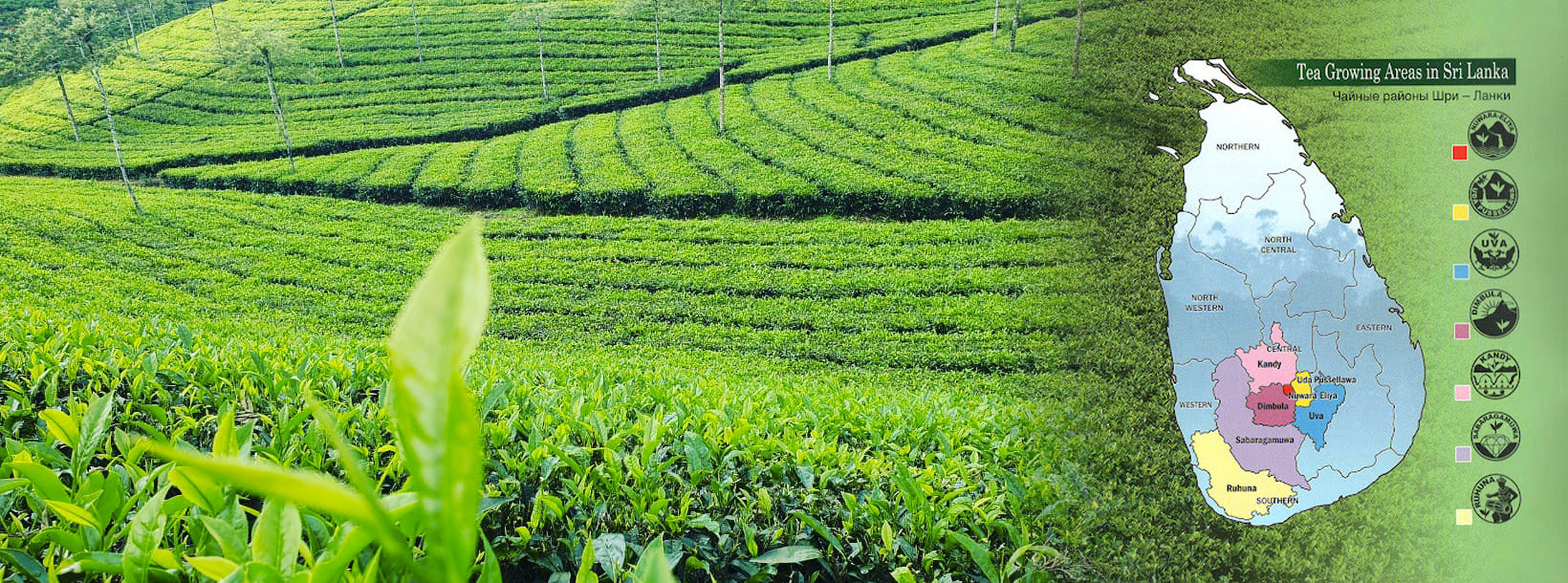
Regiões de chá do Ceilão
A bebida na sua xícara tem uma história para contar. Ela fala de colinas ondulantes, sol abundante e províncias verdejantes. No Sri Lanka, as províncias do centro e do sul produzem a maior parte do chá. Altitudes e microclimas variados influenciam o sabor, a cor, o aroma e a sazonalidade característicos do chá do Ceilão.
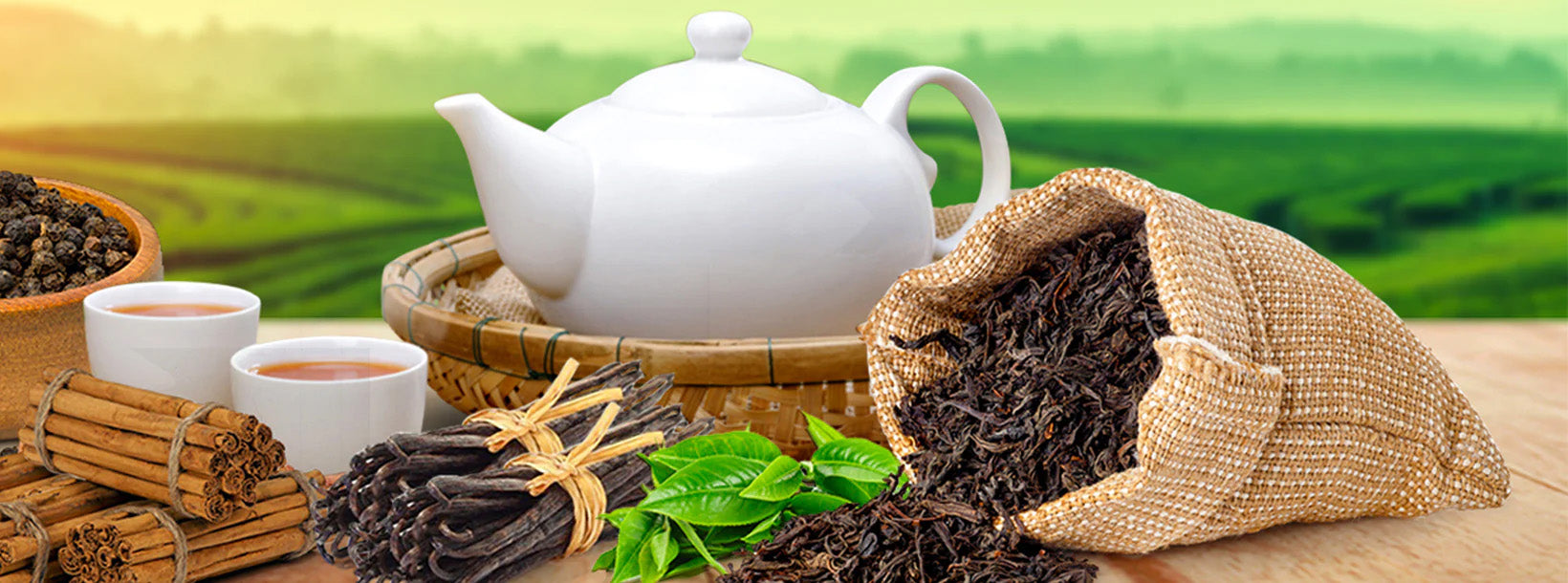
Graus de chá preto do Ceilão
O chá do Ceilão, como sabemos hoje, vem em diferentes variedades, com sabores e aromas únicos. Além da variedade de chás, existem variedades de graus em que o chá do Ceilão foi separado.
Nuwara Eliya Tea
Nuwara Eliya is also the most rugged mountainous area, with the highest average elevation in Sri Lanka.
The average annual temperature varies between 11-20 C° and the recorded lowest temperature is 0.4 C° and the recorded highest temperature is 27.7 C°.
Monthly rainfall varies between 70-225 mm and has an average annual rainfall figure or precipitation of 1900 mm.
The maximum rainfall is generally in October and the minimum rainfall is in March. During the year it has a relative humidity between 65%-87%.
Nuwara Eliya tea enjoys two ‘quality seasons’, the eastern as well as the western.
High altitude and year-round low temperatures produce a very slow-growing bush. Therefore, it grows unusually small leaves that take on an orange hue – just a hint against the blackness – after withering.
Further, the infused leaf acquires a greenish-yellow tone. The infusion in the cup is the palest among all the regional varieties of Ceylon Tea, with a subtle golden hue and a delicate yet fragrant bouquet.
As same as the other area`s tea, Nuwara Eliya is also producing different grades. Excluding certain exotic varieties, the most sought-after is whole-leaf orange pekoe (OP).
And also, slightly less costly, though still expensive broken orange pekoe (BOP) comes from this area. Generally speaking, the smaller leaf particle size, the stronger and less subtle the tea.
Sabaragamuwa Tea

